Disclaimer: Psychedelic mushrooms are a largely illegal substance, and we do not encourage or condone their use where it is against the law. However, we accept that illicit drug use occurs and believe that offering responsible harm reduction information is imperative to keeping people safe. For that reason, this document is designed to enhance the safety of those who decide to use psychedelic mushrooms.
‘Twas the night before Christmas, when all through the woods
Every shaman was hunting for magical goods;
In tundras so cold, there’s no ash or wisteria,
But with pine they find Amanita muscaria
To gift to the villagers both far and near,
And brighten the winter with psychedelic cheer.
Wait, that’s not the version you know?
Professor Ronald Hutton at the University of Bristol has cited the 1822 “Night Before Christmas” poem as the start of the Santa Claus myth. But others disagree. In Mushrooms and Mankind, James Arthur asserts that “The Santa Claus, and Christmas holiday (of today) have metamorphosised out of many older mythologies and traditions.” Indeed, for Arthur, mushrooms are at the heart of the origins of Christmas. Similarly, Harvard botany professor Donald Pfister gathers his students together every December to tell a surprising Santa story: one that begins with Amanita muscaria magic mushrooms.
Psychedelic Mushrooms and Christmas Traditions
What do you notice when you look at the Amanita muscaria in the image above? It looks pretty different from other magic mushrooms you might be familiar with. Above all, what makes the Amanita muscaria distinct is that it’s a bright red mushroom with white spots.
It looks a lot like Santa’s red and white suit, right? There’s also a tradition of these mushrooms being associated with gnomes, “little people”, and fairies; hence, Santa’s helpers at the North Pole.
The similarities continue when we consider the growing conditions for these vivid shrooms. Amanita muscaria is native to the Northern Hemisphere’s conifer and deciduous woodlands, and is frequently found growing under pine trees, oak, spruce, fir, birch, and cedar. Red and white “presents” beneath a fragrant coniferous tree? Hm, sounds a lot like Christmas.
And what about those red and white bulbous ornaments we like to hang on our trees today? Well, in order to dry out Amanita muscaria for consumption, shamans would hang the collected hallucinogenic mushrooms on the boughs of trees, explains Sierra College anthropologist, John Rush.
Rush also recounts how shamans would deliver the dried mushrooms as gifts on the winter solstice, which happens the second to last week of December. However, these traveling gift-bearers would frequently encounter a problem: doors were blocked by heavy snow. The solution came in “an opening in the roof through which people entered and exited, thus the chimney story.” What an innovative way to deliver hallucinogens!
Santa Claus and Shamans
Santa Claus is a figure associated with magic and wonder, generosity and miracles. When you think about it, those traits are largely what we expect from shamanic figures. Matthew Salton makes this claim most explicitly for the New York Times: “Santa is a modern counterpart of a shaman, who consumed mind-altering plants and fungi to commune with the spirit world.”
Indeed, the English term “shaman” comes from the Russian word šamán, which is derived from samān, a word in an ancient eastern Siberian language. And a recent molecular study also proposes that the Amanita muscaria mushroom originated in that Siberian–Beringian region. Western explorers first made contact with indigenous Siberian groups in the seventeenth century, but it wasn’t until the eighteenth century that the use of psychedelics was reported. In 1939, Swedish academic Åke Ohlmarks popularized the claim that shamans across Siberia use Amanita muscaria, also called the fly agaric mushroom. A Hungarian scholar named János Balázs quickly substantiated this assertion, adding that Siberian shamans rely on these mushrooms to induce their trances.
In recent years, however, some anthropologists and historians have debated these claims about the magic mushroom’s role in Siberian shamanism. Professor Hutton, for instance, maintains that these practitioners “very rarely took the mushrooms to get trances.”
Still, many people are attracted to the idea that these northern, snow-dwelling, spiritual figures are the prototypes of our modern story of Santa Claus.
Reindeer and Magic Mushrooms
Besides Santa, reindeer are some of the most memorable Christmas icons, and they too have a connection to Amanita muscaria.
In fact, as deputy editor of the Pharmaceutical Journal Andrew Haynes first popularized, reindeer eat Amanita muscaria for fun! Haynes hypothesizes that they munch on shrooms to “escape the monotony of dreary long winters.” In this way, they are much like humans and a range of other animals that “have a desire for altered states of consciousness.”
Boston University classics professor, Carl Ruck, has also observed that Ruldoph’s nose bears a strong resemblance to the Amanita muscaria mushroom. Perhaps the story of this bright red nose leading Santa through a dark storm is a parable for how magic mushrooms can guide us through periods of inner darkness.
The reindeer weren’t the only ones benefiting from the shrooms. There are accounts of shamans and herdsmen drinking reindeer urine post-mushroom consumption. And psychedelic reindeer pee wasn’t the only hot commodity. In 1736 a Swedish colonel named Philip Johan von Strahlenberg, who was incarcerated in Siberia during the Great Northern War, published a shocking discovery: impoverished Koryak people drank urine from wealthier people who had access to significant quantities of Amanita muscaria mushrooms. In fact, Strahlenberg reported that drug-containing urine could cycle from one individual to another up to five times while still having an intoxicating effect.
Fortunately, that didn’t work its way into any of our Christmas traditions.
Regardless of how people consumed the mushrooms, one of the particular effects of Amanita muscaria is a feeling of flight. So, Professor Pfister, among others, suggests that the myth of flying reindeer comes from hallucinating villagers observing reindeer grazing on the ground.
While these explanations are exciting and seem to fit surprisingly well, it’s important to bear in mind that they’re not universally accepted by the historical community. Professor Hutton summarizes the criticisms best: “If you look at the evidence of Siberian shamanism, which I’ve done, you find that shamans didn’t travel by sleigh, didn’t usually deal with reindeer spirits, very rarely took the mushrooms to get trances, didn’t have red-and-white clothes.”
The Gift of Mushroom Growing
Whether good ’ol St. Nicholas was a mushroom or an arctic shaman or a made-up figure from a nineteenth century poem, we can still appreciate the magic of this time of year and find important parallels with entheogenic qualities: wonder, generosity, community, and healing.
If you’d like to give the gift of mushroom growing this holiday season, consider the Third Wave’s mushroom growing kit. You have to buy the spores separately, so it’s your choice what kind of medicinal mushrooms you’d like to grow.
Another consideration is to enroll in Third Wave’s microdosing course to learn how to unleash the benefits of mushrooms for focus, creativity, and mental wellbeing. Using the latest research from cutting-edge scientists and doctors, we’ll help you develop a customized, step-by-step process to change habits and optimize performance.

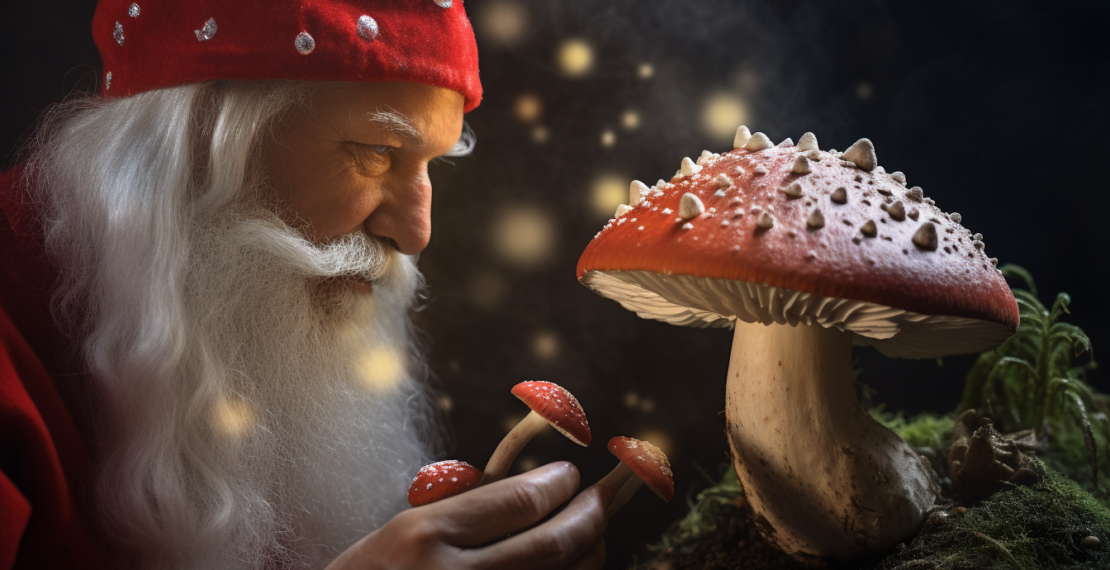
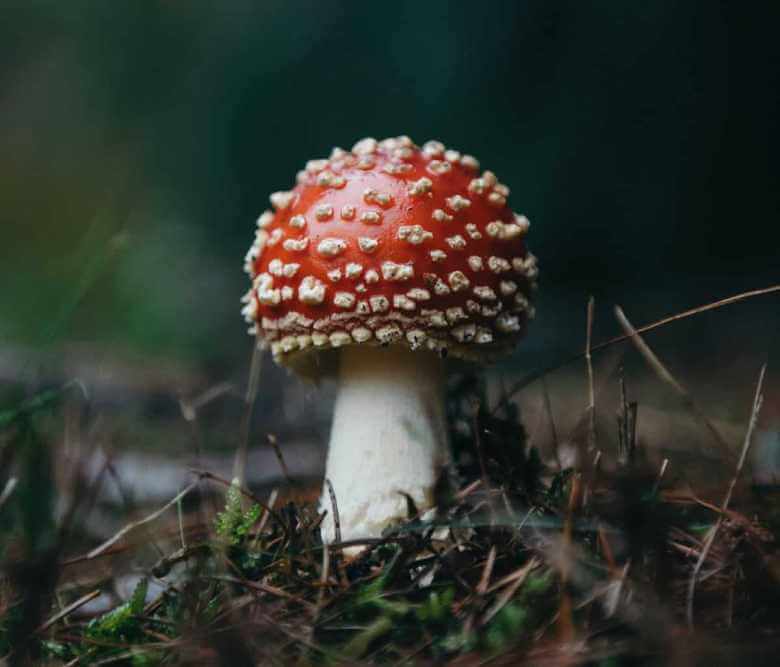
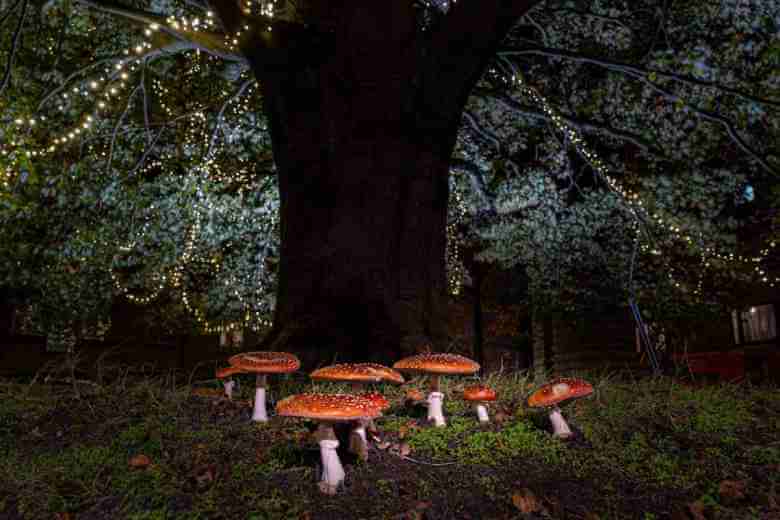
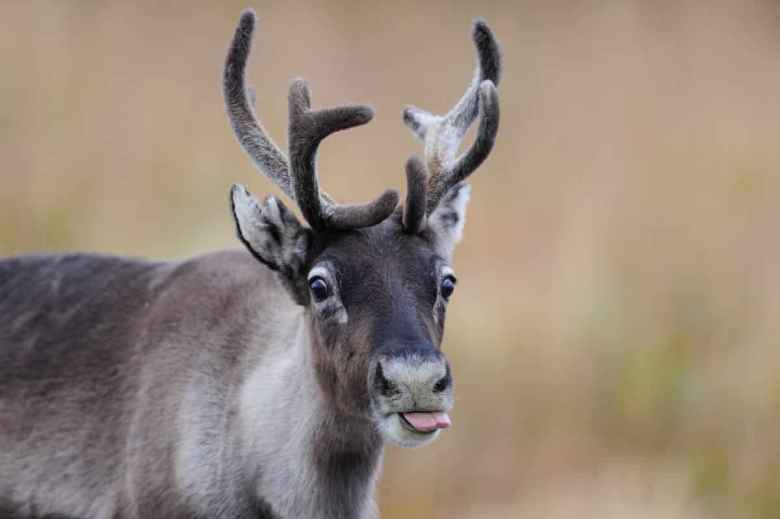


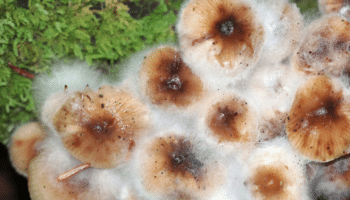



My oldest son .. 24,… Healed from his diabetes in three months with mushrooms.He ordered from https://trippylife.co/product/albino-penis-envy-magic-shrooms/ last month and I ate 0.5g of the strain and immediately felt a moment of oneness and uniformity with my surroundings.I’ve ordered 3 times already from this co. and their albino penis Envy magic mushrooms have been helpful in breaking old patterns that use to make me terribly depressed